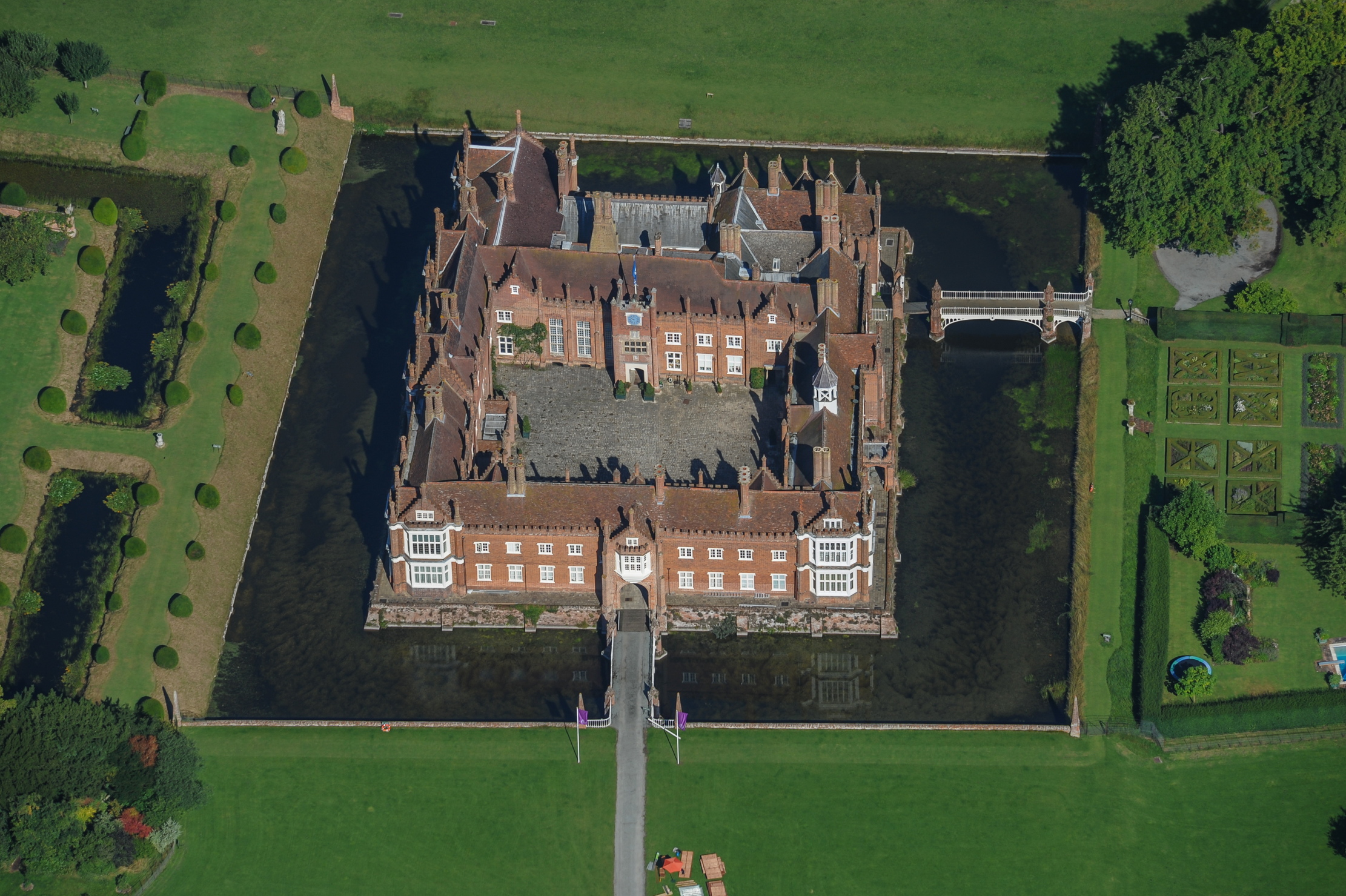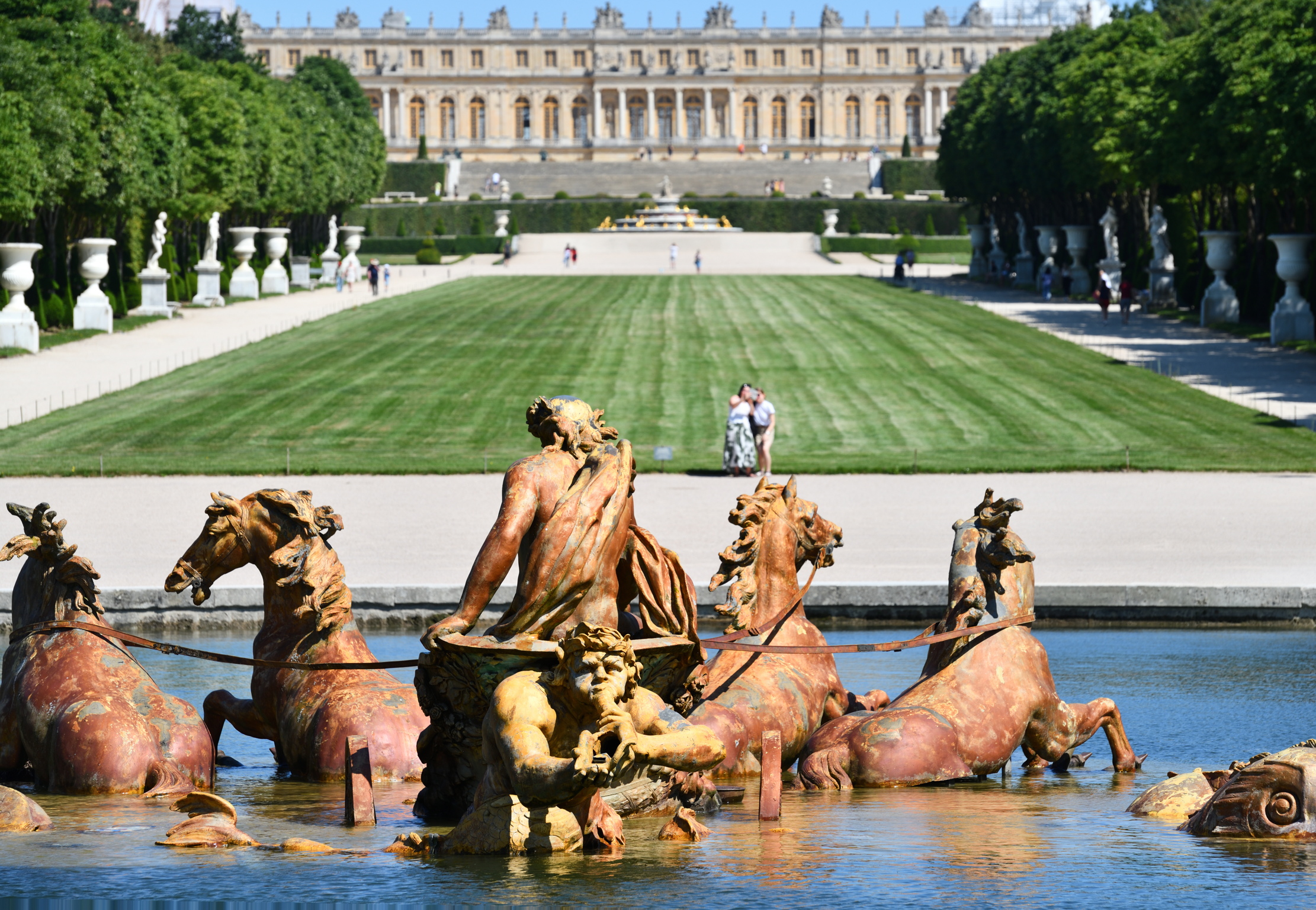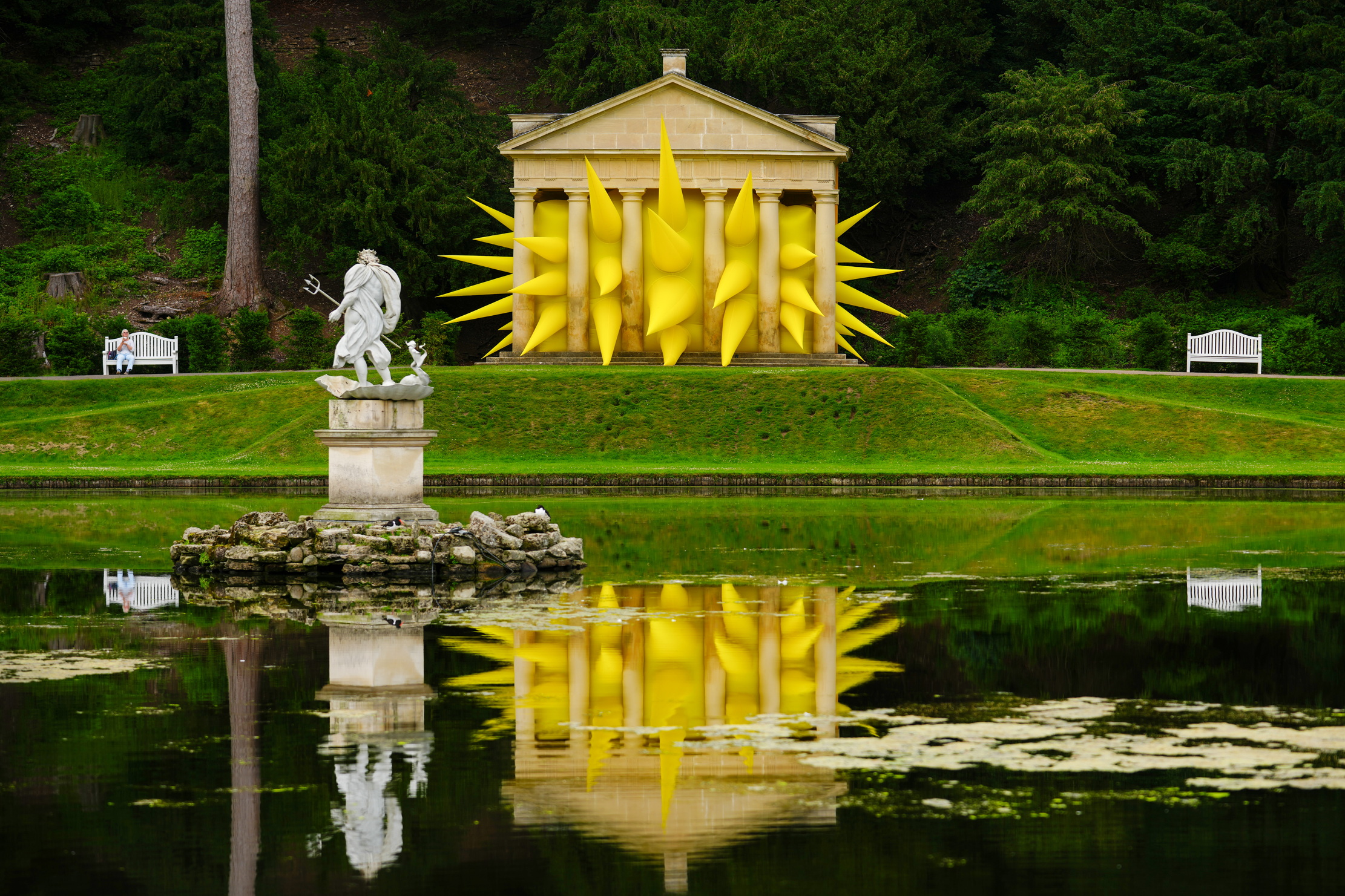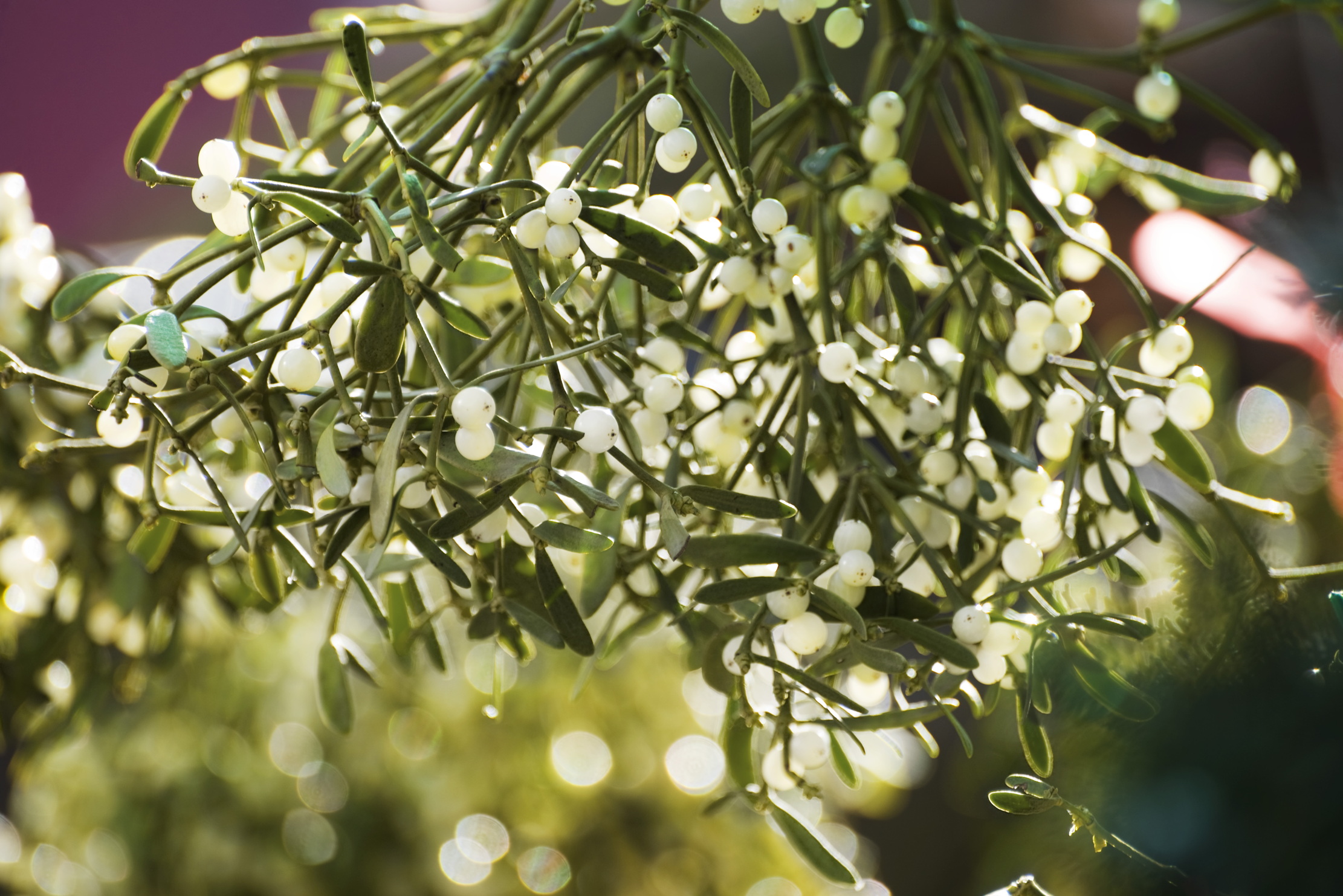Wet wet wet: How water has been irrigating the imagination of our gardens for centuries
From stew ponds and medieval moats to a miniature Mount Parnassus, water has flowed through the history of British gardens, often in ruinously expensive fashion.

For many of us, the only water features in our gardens are outside taps and watering cans, but water has always played an important role in garden design. Without water, of course, we wouldn’t have gardens at all, so perhaps it’s not surprising that, from the dawn of recorded history to the present day, gardens have been animated by the splash and burble of running water and the flash of sunlight reflected from the surface of a pool.
Blessed with a temperate climate and generous quantities of rain, this country enjoys the ideal conditions for water gardens of all kinds. Medieval monasteries, such as Fountains and Rievaulx in North Yorkshire, were usually built alongside (or even across) rivers, to supply fresh water and to wash effluent away, and stew ponds were dug to ensure a supply of fresh fish, especially over the winter.
Water was also employed defensively, particularly in lowland areas, where castles and fortified manors were surrounded by moats. Although these uses of water were practical rather than decorative, they were often adapted and beautified by later generations. At Forde Abbey in Dorset, for example, a Cistercian monastery was (as were many others) converted into a private house after the Dissolution and the monks’ stew pond was turned into a grand formal canal.
Moated manor houses, being by their nature generally low lying and damp, took much longer to come back into fashion, but they were finally rediscovered and romanticised by our Victorian forebears. Today, they include some of the most alluring gardens in the country, from Helmingham Hall in Suffolk to Scotney Castle, Hever and Sissinghurst in Kent.

As late-medieval Britons shivered in their mouldy manor houses, Italian artists and antiquarians were busy rediscovering the architecture and texts of their imperial Roman ancestors. Water was integral to the gardens they created, inspired by those being uncovered at Pompeii and Hadrian’s Villa at Tivoli near Rome, and they included cascades, basins, canals and fountains — lots of fountains. Although the style originated in Italy, it steadily spread across Europe, from France and Austria to the Netherlands, where water was in plentiful supply.
It seems to have been French and Dutch engineers who introduced the style to England. One of the earliest gardens of this type was in the now-unlikely surroundings of south-west London. Today, Beddington Park is a municipal open space, but, in the early 1600s, it was one of the most celebrated gardens in the country. It was created by Francis Carew, who was born in about 1530 and died in 1611. Carew never married and avoided politics — perhaps mindful of his father, a courtier who crossed Henry VIII and ended up being relieved of his head — but he entertained both Elizabeth I and James I at Beddington, which was famous for its fruit trees, including the first oranges ever to have been grown in Britain, planted in the open (albeit covered in the winter).
Most striking, however, were the many statues in and around the clear chalkstream that formed part of the River Wandle. In the year of Carew’s death, a German visitor described ‘a very fine fountain with neatly made fishes, frogs etc swimming in the fountain as if they were alive… Not far away there is a stream of water cheerfully running out of a little hill which is handsomely furnished with all sorts of neatly made animals and little men… There are also small boats and a little naval vessel lying at anchor on the water’. It was unlike anything else in England at the time and, intriguingly, fragments of pottery found in the river closely match others produced by the brilliant French ceramicist Bernard Palissy, so it’s possible he had something to do with Beddington, too.
Exquisite houses, the beauty of Nature, and how to get the most from your life, straight to your inbox.
As was Palissy, Salomon de Caus was a hydraulic engineer and a Huguenot, who was born in Dieppe, but travelled to Italy in the late 1590s and later worked for Louis XIII at Versailles in France. In about 1610, he moved to London, creating some of the earliest grottos in the country, as well as complex fountains and other water features.

Not long after he arrived, de Caus designed a mini Mount Parnassus in the gardens of Somerset House, ‘made of sea-stones, all sorts of mussels, snails and… curious plants’, according to a contemporary observer. Marble statues represented the rivers Severn, Trent, Humber and Thames, with water pouring from cornucopias in their hands along channels to a basin below. This sumptuous fountain was demolished only 30 years later, but the cistern that supplied it survives in Strand Lane, under the care of the National Trust.
The later 17th and early 18th centuries saw ever-more elaborate water gardens in a mix of French, Dutch and Italian styles, but they proved to be a passing fashion — largely, one imagines, because they were ruinously expensive to build and maintain. The most extravagant example of all was created between 1691 and 1704 for the wealthy, well-travelled diplomat William Blathwayt at Dyrham Park, Gloucestershire. It included fountains, canals and basins, but its most spectacular feature was a huge 224-step cascade, which poured down the precipitous hill that faces the house.
Within 50 years, however, it had fallen into disuse, the victim of British winters and changing fashion — for the 18th century, as we know, was the age of the landscape garden, which used water in a completely different way. Perhaps the grandest early example was created by the disgraced ex-Chancellor John Aislabie, who retired to Studley Royal, North Yorkshire, in 1723 and spent the next two decades creating a series of largely formal lakes, cascades and canals in the deep valley of the Skell.
Its greatest early exponent, however, was the architect and designer William Kent, who moved from fairly formal, French-style canals and basins at Chiswick House west of London to the more naturalistic and far more poetic landscape at Rousham in Oxfordshire, mainly laid out between 1737 and 1744. As in classic Japanese gardens, the visitor to Rousham is taken on a journey, which incorporates a stretch of the Cherwell, an octagonal pond and, most famously, a sinuous rill that flows through a (very) cold bath.

Later landscape gardens, notably the many designed by Capability Brown, almost invariably included a lake that, despite its natural appearance, was laboriously dug and lined by hand, but, otherwise, water played a fairly minor role, although there were some notable exceptions. One of the most alluring was created by Brown’s great successor, Humphry Repton, near the end of his career in 1814, for the 6th Duke of Bedford.
Repton designed the gardens around Endsleigh Cottage in Devon, a chocolate-box cottage orné designed by Sir Jeffry Wyatville as a fishing and shooting lodge, and there is water everywhere: little manmade waterfalls, pools and streams and, enchantingly, a raised rill that encloses the flower garden by the house. Beautifully restored this century, it is now the Hotel Endsleigh; the gardens are open to day visitors, too.
The rest of the 19th century might be best summed up by lily ponds and crazy paving, but the Edwardian period saw something of a water-garden revival. In 1904, architect-designer Harold Peto laid out a brilliant sequence of pools and cascades at Buscot Park in Oxfordshire for the financier Alexander Henderson, as his pupil, Edwin Lutyens, added a complex parterre of brick, stone and deep-set rills to an 18th-century landscape garden at Hestercombe in Somerset.
It was the start of something of a renaissance in British water gardens, which continued through the 20th century and arguably reached its apotheosis in the work of Sir Geoffrey Jellicoe — first at Ditchley Park in Oxfordshire, where he conjured up a glamorous screen of fountains for the swimming pool, and much later at Shute House in Wiltshire, widely considered his masterpiece. Shute cleverly combines echoes of Rousham and Stowe with elements of Persian gardens, especially the long rill with its gently bubbling fountains.
This multi-referential approach characterises more recent water gardens, too. The high priest of post-Modernism, Charles Jencks, integrated swirling lakes and landforms in his Garden of Cosmic Speculation in Dumfries, south-west Scotland, whereas the landscape architect Kim Wilkie took a quieter, more minimalist route at Boughton in Northamptonshire, which already boasted grand 17th-century canals. Orpheus, completed in 2009, takes the form of an inverted pyramid, symbolising Orpheus’s descent to the Underworld.
On a smaller scale, water often features in the work of Tom Stuart-Smith, who, as was Jellicoe, is strongly inspired by the gardens of the Islamic world. His Jellicoe Gardens, completed in 2021 as part of the King’s Cross redevelopment works in London, include a rill and bubble fountains and would not look out of place in ancient Persia, even if the glass towers around it would.

Credit: PhotoAlto/Laurence Mouton via Getty Images
Parasites of pleasure: the plants that live on plants and what to do with them
You might see it as an opportunity to grab a quick kiss at Christmas, but mistletoe is a parasite like

The garden at the Old Rectory, Preston Capes: Happily ever after
Reinstating the view was central to the remaking of the garden at the Old Rectory at Preston Capes, Northamptonshire. Tiffany